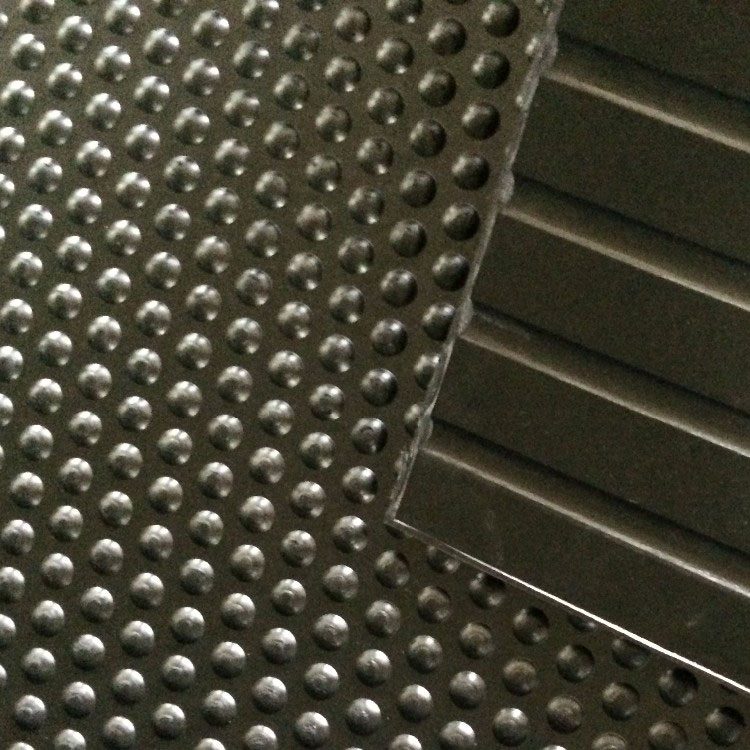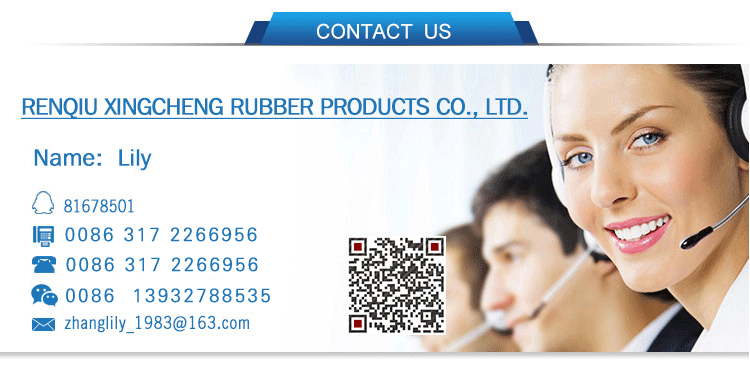Some of the high-temperature kilns in China use imported products for masonry linings. Their maximum operating temperature is 1760e, and they have achieved very good results. However, such refractory bricks are expensive to import. In response to this situation, we developed domestic corundum-mullite lightweight firebricks with properties similar to those of imported products, and conducted systematic research on the factors affecting their performance. Effect of Ingredients on the Performance of Lightweight Firebrick Because the impurity content has a great influence on the high temperature performance of corundum-mullite lightweight firebrick, the raw materials with high (Al2O3+SiO2) content and low content of other impurities should be selected as far as possible.
The initial basis for the determination of the three Al2O3 raw material addition amounts is that the amount of C-alumina added should react with most of the clay below 1600e to form mullite; the amount of A-alumina added must be equal to that of the raw material. SiO2 reacts to form mullite with Al2O3 content of about 72.8%. The reaction needs to be completed when the bricks are fired in 1700e. The amount of corundum added is divided by the fraction of ultrafine powder (10Lm) during the first firing. After reacting with other raw materials to form mullite, the remaining part should be able to continue to react with Al2O3 during the long-term use of Boshan Kistler in the furnace 1750e to produce a mullite solid solution with Al2O3 content of about 78%, with a slight surplus.
Based on this experience and the minimum clay content required to shape the brick, seven sets of experimental formulations were determined. In the 7 formulations, the four raw materials were added in the same amount, which were (mass fraction) 13% of Suzhou soil, 4% of montmorillonite clay, 15% of sillimanite, and 13% of C-alumina. Only the A-oxidation was changed. Aluminum and fused corundum additions. Sample No. 1 contained 10% A-alumina and 45% fused corundum. The amount of A-alumina added from No. 1 to No. 7 increased by 5% in sequence, and the amount of fused alumina added decreased by 5%. The sillimanite has a particle size of 74 Lm, and its function is to decompose and produce mullite around 1600e and produce volume expansion to offset part of the firing shrinkage. C-alumina and A-alumina have a particle size of 10 Lm and an electrofused corundum particle size of 43 Lm. After addition of sawdust, extrusion molding and drying were performed in an experimental kiln at 1700e for 20h. The volume density of the sample after firing was controlled at (1.42%) g/cm3. The linear shrinkage of the fired sample, the deformation softening starting temperature of 0.6% under a pressure of 0.1 MPa, and the line change after reburning at 1700e for 12 hours were measured.
With the increase of the amount of corundum, the shrinkage of the firing line and the shrinkage of the reburning line both decrease. However, the weight softening temperature does not have a linear relationship with the amount of corundum added, but it has the highest load softening temperature when the ratio of A-alumina to corundum is 20B35. This is because corundum has poor reactivity. When the amount of corundum is too large, the amount of liquid phase in the brick and the amount of residual corundum increase at the same time, resulting in a decrease in the load softening temperature. The effect of firing temperature and time on the performance, the influence of firing temperature The firing temperature and holding time are important factors that affect the production cost. Under the premise of ensuring the product performance meets the requirements of the use, the firing temperature should be reduced as much as possible, and the holding time should be shortened. . The above recipe No. 3 was made into a green brick and kept in temperature for 1600e, 1620e, 1640e, 1660e, 1680e, 1700e, 1720e, 1740e, 1760e and 1780e for 20 h. The fired samples were re-fired at 1700e for 12 h. Heavy burn line change and 0.1 MPa load softening temperature. Effect of holding time on the high temperature performance of the product. Sample No. 3 was sintered at 1700e for 4h, 8h, 12h, 16h, 20h, 24h, 28h and 32h respectively. The test sample was then softened at a temperature of 0.1 MPa after firing at different holding time. And 1700e, 12h reburning line changes, with the extension of the holding time, the shrinkage of the reburn line is rapidly reduced, the load softening temperature increases rapidly, but when the holding time is longer than 20h, both changes tend to be flat.
Horse mat offers a vast range of stable matting to suit all equestrian applications. With almost 20 years of experience in the rubber and plastics industry, we can provide our customers with advice, guidance and direction to ensure you get the right product for your horse. All of the variants provide many benefits with the welfare of your horse being the priority.
Along with the more traditional mats, we are pleased to offer bespoke cut to size and shape mats and a complete installation and maintenance service for all of our products.
This kind of Cow Mat is specifically made for animal stall floors and is available in two thickness, 12mm and 17mm. This product is designed to cushion and comfort horses, cows, and other livestock from cold and hard grounds
Product
Horses and Cow
Animal stable mats
Color
Available
Range of Length
183cm
Range of Width
122cm
Range of Thickness
1cm 2cm 3cm
General parameters
Rubber About 150KG/CBM Shore C 65



Horse Stable Mat,Horse Stable Flooring,Horse Rubber Stable Mat,Horse Stable Rubber Mat
Renqiu Xingcheng Rubber Products Co., Ltd. , http://www.xingchengrubber.com
![<?echo $_SERVER['SERVER_NAME'];?>](/template/twentyseventeen/skin/images/header.jpg)